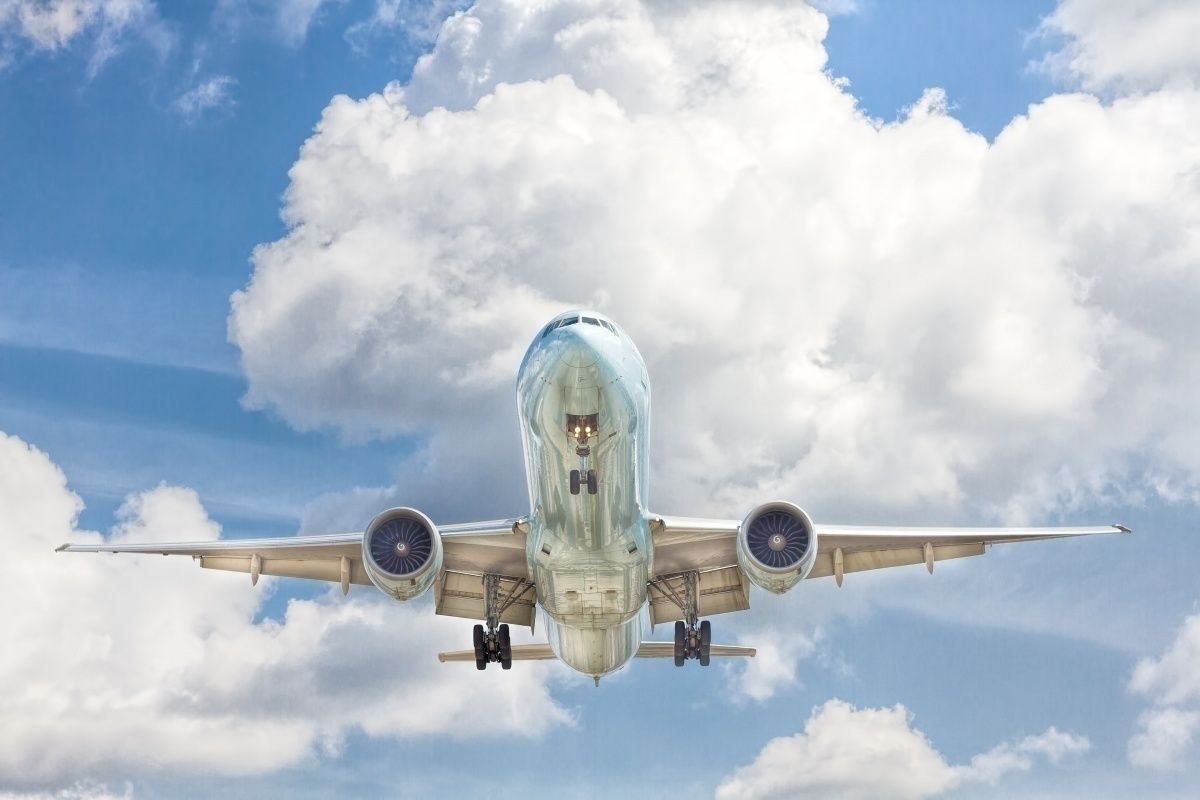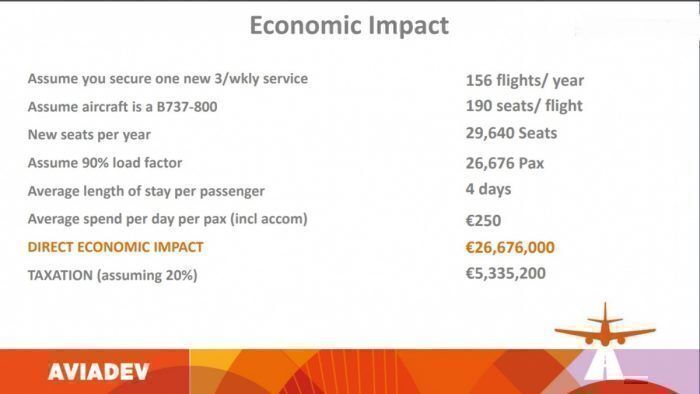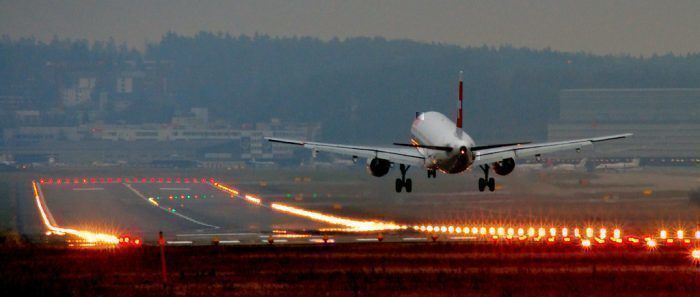It’s easy to overlook the massive economic impact that one airline route can have on the local destination. You might think that one airline bringing a couple of flights a week to a place can’t be that important. However, when you start to look into it, every single route brings a huge amount of value to the local economy.
At the recent AviaDev Europe conference, Aviation Development and Future Hosting Director Ged Brown kicked off his presentation at the tourism board workshop with a bold statement:
“Air services are a destination's single most important asset.”
You could almost feel the collected tourism boards in the room draw breath. Surely air services can’t be more important than attractions? New hotels? Good restaurants? However, Mr Brown went on to clarify his meaning in some detail.
“The economic impact of air service development is vast. As an example, the nongaming economic impact of one British Airways daily route to Las Vegas is $91m annually.”
That’s a whole lot of economic impact. And from just one flight.
What is a new route worth?
Ged went on to deliver what he termed a ‘fag packet calculation’; a process of using very rough figures and large assumptions to highlight the value of a fictitious route.
Imagine you have one new three times a week service. Over a year, that’s 156 flights in total. Presuming that flight is operated by a typical narrowbody aircraft, such as a 737-800 with 190 seats, that means there are some 29,640 seats on offer each year.
If that flight is operating with a load factor of 90% (great for some airlines, pretty poor for Ryanair), that would mean 26,676 passengers are arriving at the destination per year. Obviously the time they stay in the destination and the amount they spend will vary, but for the purposes of his calculation, Ged went with a four day stay and an average spend of €250 ($277). That’s all accommodation, all food, drinks, souvenirs, attractions… a fair assumption I’d say.
From that one, non-daily, narrowbody flight, that would bring the destination €26,676,000 each year. That’s over $29m!
For the local government, is taxation was around 20%, they would benefit by more than €5m (almost $6m) from that one flight alone. Ged continued,
“That's why air service development his big business. That's why it's really important for on a governmental level, on an economic level, and on a tourism level. This is why this is a tourism issue.”
Losses as well as gains
While this is all good news for destinations that are preparing to launch new routes in the future, for those that are losing routes, it’s a painful statistic. Las Vegas used to have a Thomas Cook service from Manchester; the economic impact of their withdrawal must have been huge. In the great scheme of things, Las Vegas with its thousands of flights coming from all over the world probably didn’t notice that much.
However, when we’re talking about smaller airports and more niche destinations, the impact can be far greater. What did it cost Cali or Liberia when Aeromexico dropped its route from Mexico City? How will the UK’s Norwich or Doncaster be affected by Flybe’s withdrawal? And will Cork and Shannon feel the pain of the loss of Norwegian?
The collapse of WOW air earlier this year has had a huge impact on the economy of Iceland, causing GDP to drop, unemployment to rise and inflation to balloon. Who'd have thought that something a simple as an airline could have such a crucial effect on an entire nation's economy?
Did you realize how valuable airline routes are, or were you as surprised as me? Let us know in the comments.
Simple Flying will be working with AviaDev in Africa in 2020 as their media partner; we’re looking forward to more exciting news and views from the event in Madagascar next May.



